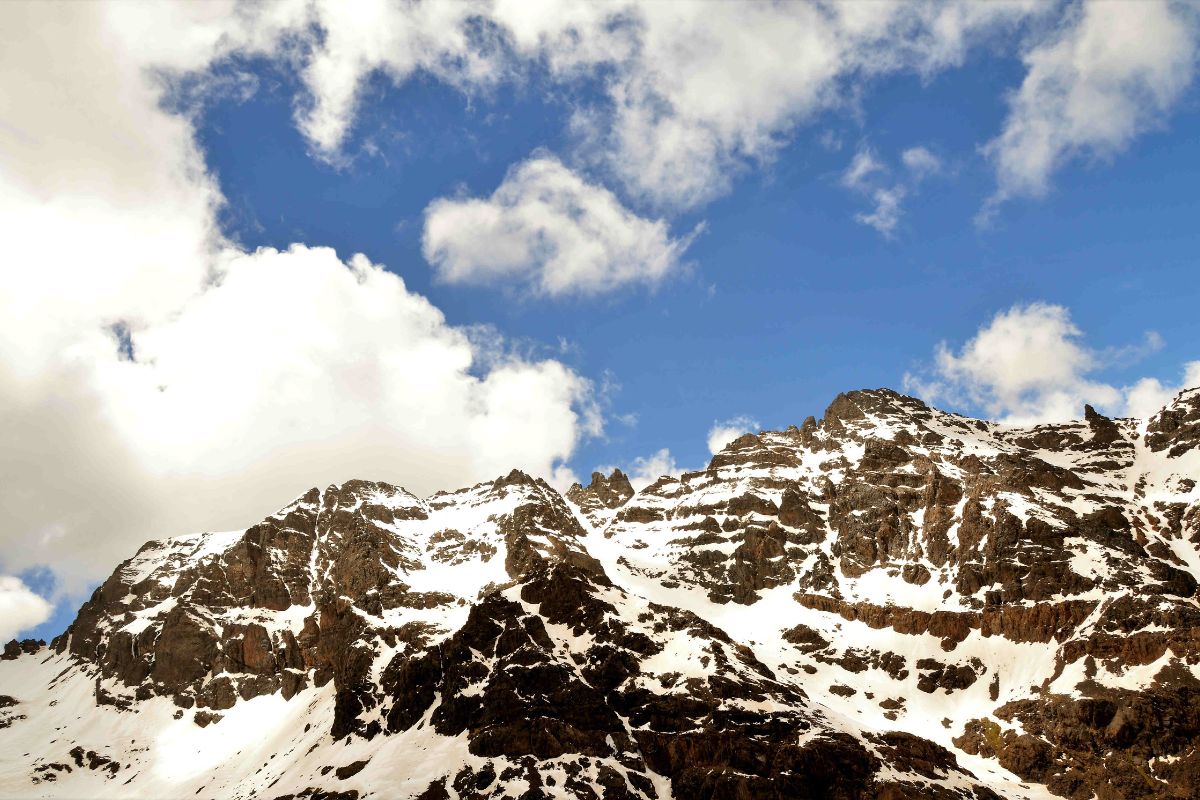Morocco, a land of diverse landscapes and rich cultural heritage, is home to some remarkable engineering achievements. One such marvel is the Khettara system of Morocco, an ancient and ingenious irrigation network that has sustained communities and agriculture in the arid regions of Morocco for centuries. In this article, we will explore the history, design, and significance of the Khettara system, shedding light on the enduring legacy of this ingenious engineering feat.
Unlocking Ancient Water Wisdom: The Khettara System of Morocco
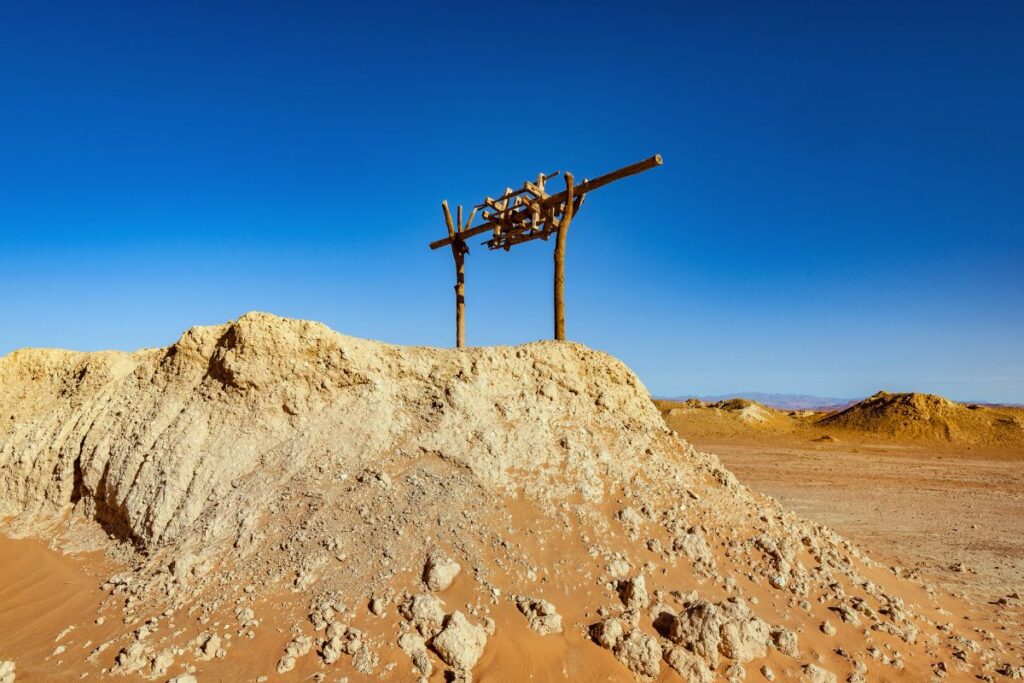
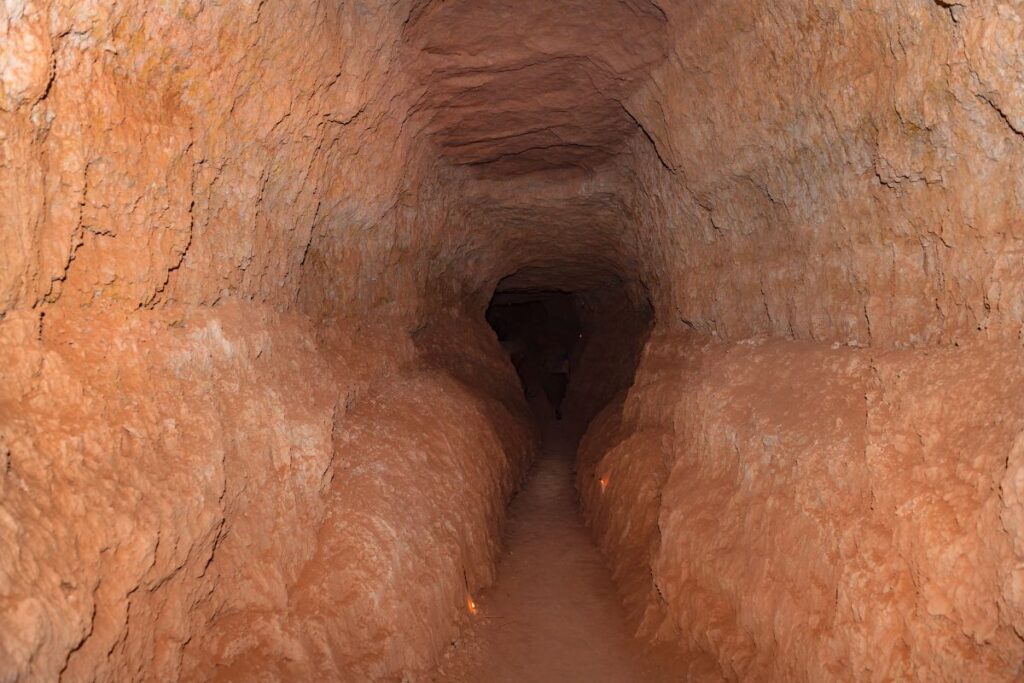
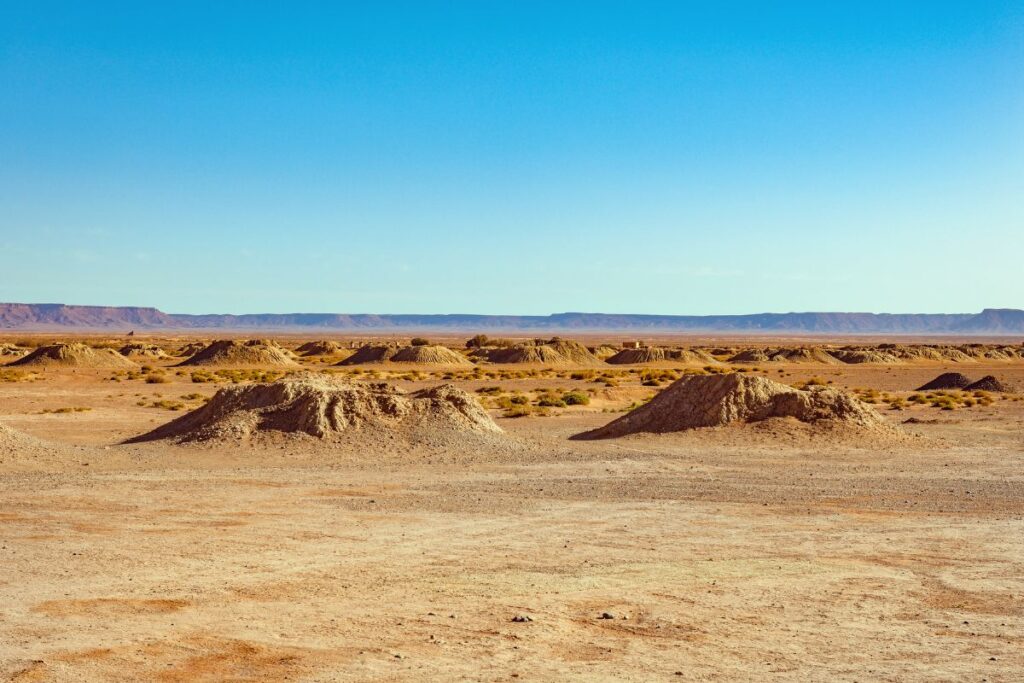
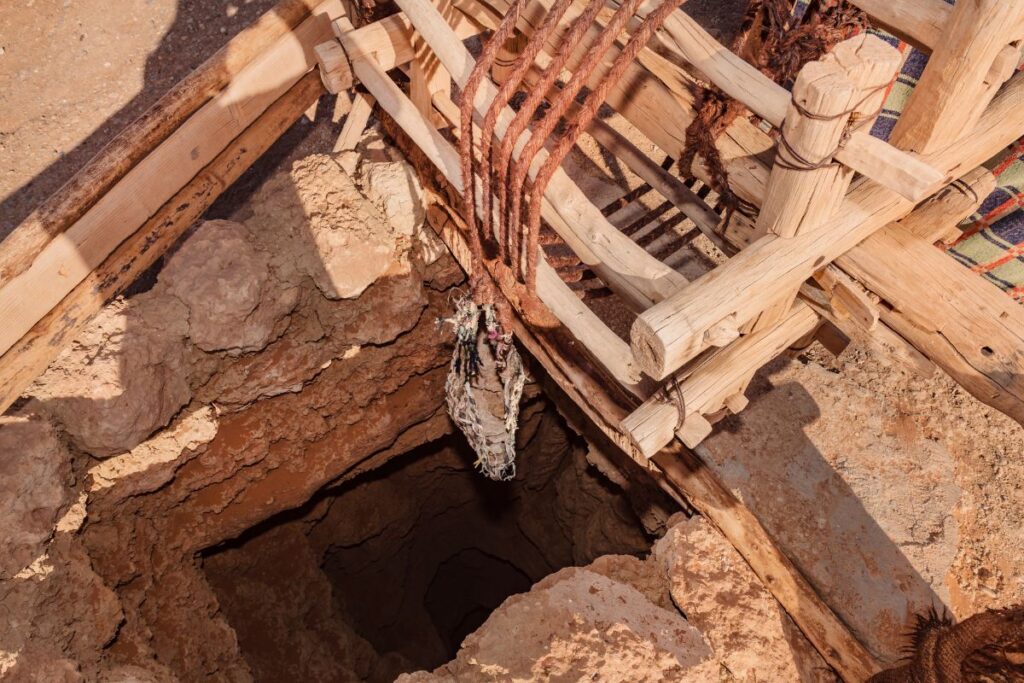
A Legacy of Water Management
Morocco’s geography presents a unique challenge when it comes to water resources. A significant portion of the country is arid or semi-arid, characterized by scarce rainfall and limited access to surface water. Despite these challenges, Morocco has a long history of agricultural practices that have thrived in these conditions. One of the key factors behind this resilience is the Khettara system.
Historical Roots
The Khettara system has its origins in the Maghreb region, stretching across Morocco, Tunisia, and Algeria. However, it is most famously associated with Morocco, where it has been in use for over a thousand years. The system’s history dates back to the Berber dynasties that ruled the region, including the Almoravids and Almohads.
The word “Khettara” is derived from the Arabic word “qanat,” which means “channel” or “conduit.” The system consists of a network of underground tunnels and surface canals designed to capture and transport groundwater from the foothills of the Atlas Mountains to areas with water scarcity. This ancient water management technique has been a lifeline for oases, agriculture, and communities in the arid regions of Morocco.
Ingenious Design and Functionality
The Khettara system’s design is a testament to the ingenuity of its creators. Here’s how it works:
- Capturing Groundwater: The Khettara begins with a vertical well dug into the ground, often at the base of a hill or mountain. This well, known as the “qanat,” allows access to groundwater.
- Tunneling Underground: From the qanat, a gently sloping tunnel is dug underground, following the natural gradient. This tunnel, known as the “khettara,” can extend for kilometers, running beneath the earth’s surface.
- Collecting and Distributing Water: The Khettara system collects groundwater along its length through a series of smaller vertical shafts, known as “vertical wells” or “foggaras.” These wells allow access to the underground water table, and water is then channeled into the main khettara tunnel.
- Surface Canals and Distribution: At various points along its course, the khettara emerges to the surface, creating canals that distribute water to agricultural fields, gardens, and communities. The surface canals are carefully sloped to ensure efficient water flow.
- Sustainable Water Management: The Khettara system’s design promotes sustainability by reducing water evaporation and minimizing losses through seepage. It also prevents contamination of the water source, ensuring a clean and reliable water supply.
Cultural and Economic Significance
The Khettara system has had a profound impact on the culture and economy of the regions where it is employed. Here are some of its key contributions:
- Agricultural Abundance: The Khettara system has allowed communities to cultivate crops such as dates, figs, pomegranates, and cereals in arid regions where rainfall alone would not sustain agriculture. This agricultural productivity has been a source of food security and economic prosperity.
- Oasis Communities: Many oasis communities in Morocco owe their existence and prosperity to the Khettara system. These lush green oases stand in stark contrast to the surrounding arid landscapes and serve as centers of culture and trade.
- Cultural Heritage: The Khettara system is an integral part of Morocco’s cultural heritage. It has inspired art, literature, and traditions, becoming a symbol of resilience and resourcefulness.
- Tourism and Education: In recent years, the Khettara system has attracted tourists interested in exploring Morocco’s historical and engineering marvels. Its significance has also been recognized by educational institutions and researchers studying water management and sustainability.
Challenges and Preservation Efforts
While the Khettara system is a testament to human ingenuity, it is not without challenges:
- Maintenance and Conservation: Many Khettara systems have fallen into disrepair due to changing agricultural practices and urbanization. Ensuring their maintenance and preservation is crucial to their continued functionality.
- Groundwater Depletion: Over-exploitation of groundwater resources in some areas has led to the drying up of Khettara systems. Sustainable water management practices are needed to address this issue.
- Climate Change: The changing climate poses a threat to the Khettara system as patterns of rainfall and groundwater recharge become less predictable.
Efforts are underway to address these challenges. Government agencies, NGOs, and local communities are working together to restore and protect Khettara systems, ensuring that their benefits can be enjoyed by future generations.
The Khettara system of Morocco stands as a testament to the resourcefulness and innovation of past generations. It has not only sustained communities in arid regions for centuries but also enriched Morocco’s cultural heritage. As Morocco faces modern challenges related to water management and sustainability, the Khettara system serves as a source of inspiration and a reminder of the enduring value of ancient engineering marvels. Preserving and revitalizing this remarkable system is not just a matter of historical importance; it is also a key to addressing contemporary water challenges in the region.
